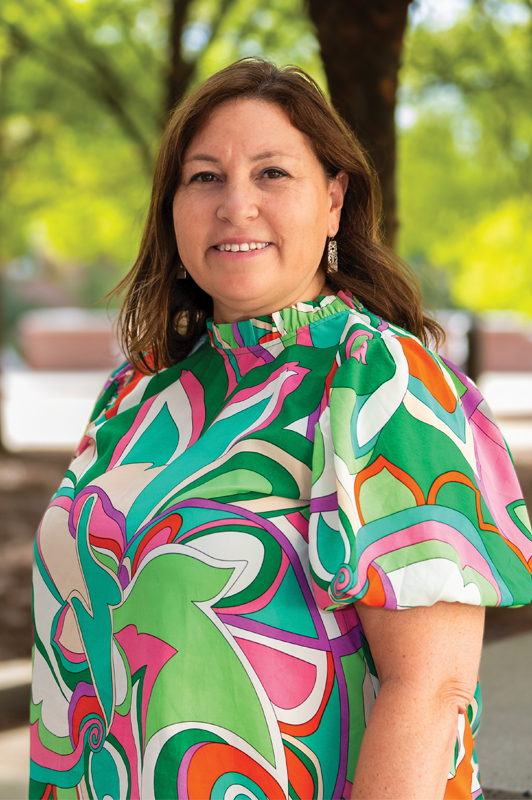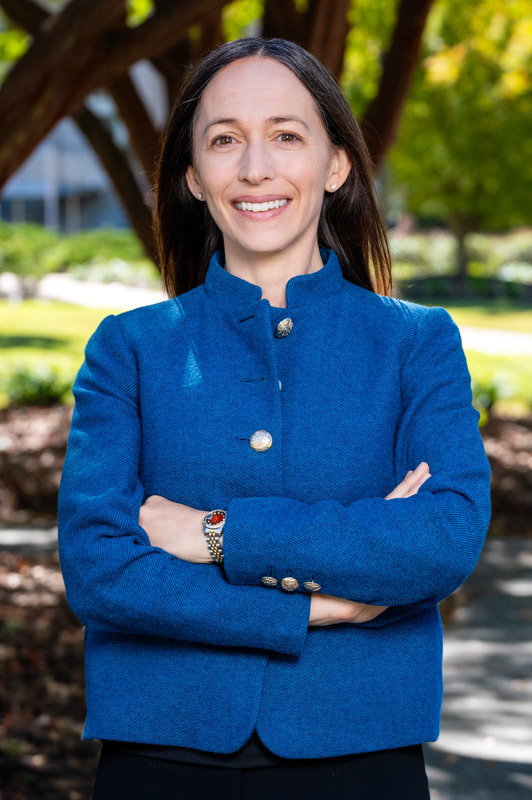AUsome Science in 60 Seconds challenges student researchers
Published: Apr 28, 2023 11:00 AM
By Joe McAdory
You’re challenged with explaining how stem cells can be replace damaged heart tissue, why birds flock together in specific formations and the implications this might have on human air travel, the evolution of cellular membranes and their impact on health, or perhaps how revised seat belt configurations keep motorists safer during rollovers – but have only 60 seconds to make your point.
Could you do it? Dozens of Auburn Engineering students did.
AUSome Science in 60 Seconds, a research-based competition presented by the Council of Engineering Graduate Students (CEGS), tasked students to create videos and explain their respective projects in a minute or less. Winners were announced during an awards ceremony on Thursday, April 27.
Since registration began in January, students recorded video presentations using animation, simulation, diagrams, pictures, or demonstrations explaining overviews of their respective studies — but at a level where general audiences can follow. Judging was based on engagement, illumination, creativity and understanding of the subject matter.
Justin Harvell, a third-year graduate student in chemical engineering, and Grace Hester, a senior in chemical engineering, earned highest marks among faculty judges – winning top honors in graduate student and undergraduate student categories.
Harvell, a student in Elizabeth Lipke’s laboratory (Lipke Lab), presented a research project, “Using Building Blocks to Fix Broken Hearts,” that showed how small engineered stem cell tissues can be used as building blocks to build replacement tissues for damaged heart tissue.
“To be able to break down science and explain it to people who don’t work in these fields is really important, especially because the research we’re doing is directly impacting them,” said Harvell, a Saraland, Alabama, native. “When people hear big words, it sometimes scares them away, but when you hear words that are easy to understand with easy concepts, they are more likely to accept your work.”
Hester, also a member of the Lipke Lab, agreed that getting to the point made her project, “In Vitro 3D Tissue Engineered Modeling to Mimic Obese Versus Non-Obese Microenvironments,” easier on the ears.
“My favorite part about this process was taking what I’ve been doing over the past couple of years with research and picking out the main ideas,” said Hester, from Birmingham. “Because I’ve been doing this for so long, there’s so much to say about it – but to be able to explain it in such a short amount of time was challenging.”
Other winners included aerospace engineering's Syed Hassan Raza Shah (CEGS Most Creative Video), chemical engineering's Luke May (Dean's Office video winner) and industrial and systems engineering's Shiva Nageswaran (People's Choice).
Other graduate student finalists were Daniel Stubbs (aerospace engineering), Loyal Murphy (chemical engineering), Yihung Lin (chemical engineering), Shiva Nageswaran (industrial and systems engineering), Jazmine Torres (chemical engineering), Faramarz Kahbandeh (mechanical engineering), Mercedes Haley (chemical engineering) and Aashutosh Mishra (aerospace engineering).
Other undergraduate student finalists were Jordan Clemmons, Ashley Bell, May and Joshua Green – all from chemical engineering.
Matthew Garnett, CEGS president, said the purpose of the competition was to give graduate and undergraduate students a platform to be creative and showcase their research to a general audience.
“These videos will be used as recruitment tools to help attract prospective students to Auburn and show off the cool work being done on our campus,” he said. “I was very impressed with the content and quality of the videos. The judging panel had a hard time determining our overall winners, as many of the videos were exceptional. We look forward to hosting this competition in the future.”
Maria Auad, associate dean for graduate studies and faculty development, said the technology students use to communicate is changing and that students are evolving with these changes.
“Presenting research in-person is important but it’s often logistically difficult,” she said. “Video presentations available on demand are convenient for the presenters and the viewers. Projects like this provide students with the opportunities to polish their presentation skills on camera and with precision. I’m thrilled with not only the research our students undertake, but also the scope and diversity of projects from departments throughout the college.”
Media Contact: , jem0040@auburn.edu, 334.844.3447
Michael Greene, associate professor of nutritional sciences, left, with Grace Hester, a senior in chemical engineering, Elizabeth Lipke, Mary and John H. Sanders Professor in chemical engineering, and Justin Harvell, a graduate student in chemical engineering.






